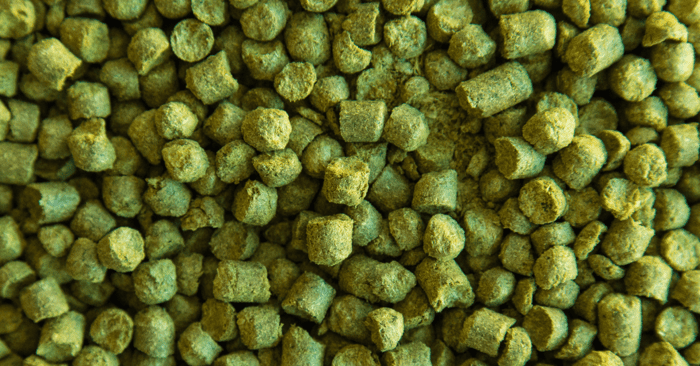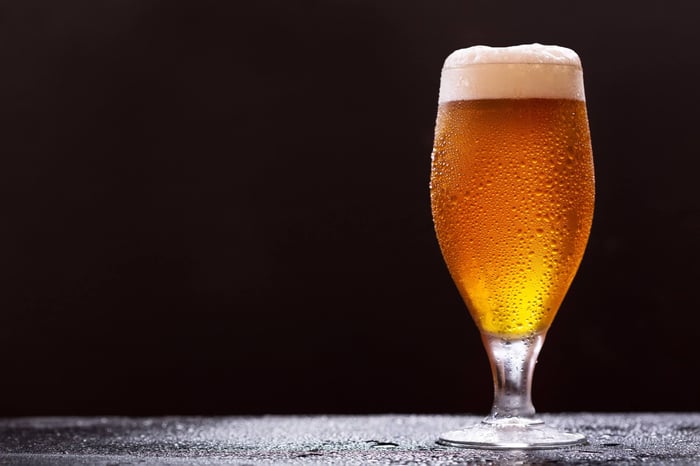There's something perfectly suited about an IPA for Australian brewing conditions and palates. These hop-forward beers have become the backbone of our craft beer scene, offering brewers the perfect platform to showcase Australian hop varieties whilst dealing with our unique climate challenges.
Australian brewers have embraced IPAs as a way to express local character through distinctive hop varieties like Galaxy, Vic Secret, and Enigma. These hops provide tropical fruit characteristics that seem tailor-made for our climate, creating IPAs with distinctly Australian personality.
Mastering IPA Fundamentals: Style by Style
American IPA: Understanding the Modern Standard American IPAs provide the blueprint for contemporary hop-forward brewing. These beers demonstrate how to achieve intense hop character whilst maintaining balance and drinkability – essential skills for any serious IPA brewer.
The American approach emphasises hop aroma and flavour over pure bitterness. This is achieved through careful timing of hop additions, with significant portions added late in the boil, during whirlpool, and as dry hop additions. Target 5.5-7.5% ABV with 40-70 IBU.
For Australian brewers, American IPA techniques work brilliantly with our local hop varieties. Galaxy's passion fruit character, Vic Secret's tropical notes, and Enigma's complex fruit profile all shine when used with American-style hopping schedules.
Traditional English IPA: The Foundation English IPAs remain relevant because they teach fundamental brewing balance. These ales showcase how proper malt selection and traditional English hops create complex, satisfying beers without relying on extreme techniques.
English IPAs typically use Maris Otter base malt with crystal malts for colour and sweetness. English hop varieties like Fuggles and Goldings provide earthy, floral characteristics that complement rather than dominate the malt foundation. The style features fuller body and more malt presence than American versions.
Understanding English IPA principles helps Australian brewers create more balanced beers, even when using high-impact local hop varieties.
New England IPA: The Hazy Revolution New England IPAs have transformed modern brewing by prioritising hop aroma over bitterness. These cloudy beauties achieve incredible hop intensity through late addition techniques and specific malt bill modifications.
The style relies on whirlpool hops and massive dry hop additions (often 8-12g per litre). Wheat malt and oats create the characteristic creamy texture whilst supporting hop oil suspension. The result is intensely aromatic beer with surprisingly low perceived bitterness.
Australian hops excel in this style. Galaxy's tropical intensity, combined with other Southern Hemisphere varieties, creates New England IPAs with distinctive character that stands apart from American examples.
Specialty IPA Variations
Question: How do you make a Black IPA work without the roasted flavours overpowering the hops?
The secret lies in malt selection and restraint. Use dehusked dark malts like Carafa Special to achieve colour without harsh roasted flavours. Target 4-6% total dark malt usage, focusing on colour rather than intense flavour.
Australian citrusy hop varieties work exceptionally well in Black IPAs. The tropical characteristics of Galaxy or the citrus notes of Ella create fascinating contrast with subtle chocolate undertones from properly used dark malts.
Double IPA: Scaling Up Successfully Double IPAs push both hop intensity and alcohol content to extremes, typically ranging from 7.5-10% ABV with massive hop additions to match. Success requires understanding how to balance these elements without creating harsh or undrinkable results.
The key is building sufficient malt backbone to support the alcohol and hop load without excessive sweetness. Simple malt bills often work best – focus on base malt quality rather than complex specialty malt combinations.
Australian high-alpha varieties like Ella provide excellent bittering potential, whilst aromatic varieties like Galaxy and Vic Secret create incredible aroma complexity in finished beers.
Red IPA: Balancing Malt and Hops Red IPAs demonstrate how crystal malts can enhance rather than compete with hop character. Using 8-12% medium crystal malt provides beautiful colour and caramel sweetness that supports hop bitterness.
This style works particularly well in Australian conditions because the malt sweetness helps balance the intense tropical characteristics of local hop varieties, creating approachable yet complex beers.
Australian Ingredients and Climate Considerations
Our local hop varieties offer unique opportunities for distinctive IPA character. Galaxy provides intense tropical fruit and citrus characteristics that have gained international recognition. Vic Secret offers pineapple and passion fruit notes, whilst Enigma delivers complex berry and stone fruit character.
Consider seasonal brewing approaches. Australian summers demand careful temperature control during fermentation, whilst cooler months provide opportunities for styles requiring extended conditioning periods.
Water chemistry varies significantly across Australia, but most areas benefit from mineral additions for optimal hop extraction. Target 150-200ppm calcium sulphate for hop-forward styles, balanced with calcium chloride for malt support.
Advanced Techniques for Australian Conditions
Temperature control becomes crucial during hot Australian summers. Fermentation temperatures above 22°C can produce fusel alcohols that make IPAs taste harsh and unbalanced. Invest in reliable cooling systems for consistent results.
Closed-transfer techniques help preserve hop character in our climate. Minimising oxygen exposure during packaging prevents oxidation that destroys delicate hop aromatics – particularly important with intensely aromatic Australian hop varieties.
Consider timing your brewing around hop harvest seasons. Fresh Australian hops become available in late summer/early autumn, providing opportunities for wet hop beers that showcase local varieties at their peak.
Dry Hopping Strategies
Dry hopping techniques significantly impact final beer character. Contact time affects extraction – shorter periods (2-3 days) emphasise bright, fresh hop character, whilst longer contact (5-7 days) develops more integrated complexity.
Temperature during dry hopping influences extraction efficiency. Slightly elevated temperatures (18-20°C) improve extraction but risk over-extraction if contact time is too long. Find the balance that works for your setup and preferences.
Hop forms matter. Pellets provide convenience and consistency, but whole hops offer different extraction characteristics. Some Australian varieties work better in specific forms – experiment to find what works best for your favourite hops.
Quality Control in Australian Conditions
Ingredient storage becomes critical in our climate. Hop oils degrade rapidly in heat and humidity – always store hops frozen and check use-by dates religiously. Poor hop storage can destroy an otherwise perfect beer.
Sanitation requires extra attention during warmer months when wild yeast and bacteria activity increases. Maintain rigorous cleaning and sanitising protocols, particularly for equipment that contacts cooled wort and finished beer.
Process consistency ensures reproducible results. Document all additions, timing, and fermentation parameters. This becomes especially important when working with multiple hop varieties and complex hopping schedules.
Troubleshooting Common Issues
Harsh bitterness often results from over-extraction during long boils or excessive early hop additions. Focus hop additions in the final 20 minutes of boil and during whirlpool for better aroma-to-bitterness ratios.
Vegetal off-flavours can result from over-dry hopping or using degraded hops. Limit contact time and always use fresh, properly stored hops for best results.
Oxidation shows as cardboard or sherry-like flavours that destroy hop character. Minimise oxygen exposure throughout the brewing process, particularly during packaging and storage.
The Future of Australian IPA Brewing
Australian craft brewing continues pushing boundaries whilst developing our unique brewing identity. Local ingredients, innovative techniques, and our distinctive hop varieties create opportunities for truly Australian IPAs that reflect our brewing character.
The key to exceptional IPA brewing lies in understanding each style's objectives whilst adapting techniques to local conditions. Whether brewing traditional English IPAs or showcasing cutting-edge Australian hop varieties, focus on ingredient quality and process excellence.
Remember that outstanding IPAs result from respecting both ingredients and process. The hops provide the excitement, but proper technique ensures everything comes together perfectly.
Grainfather Team









